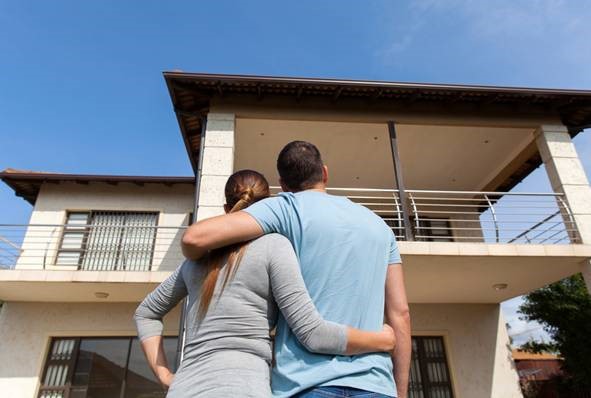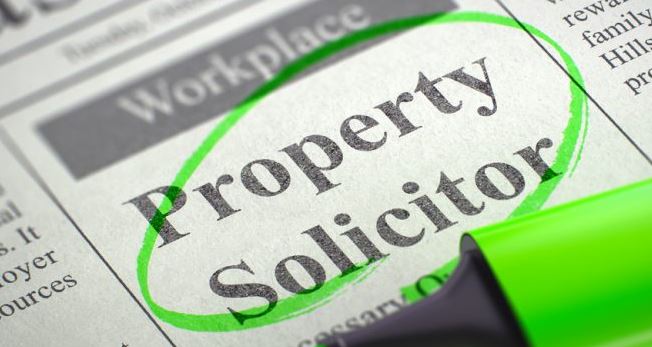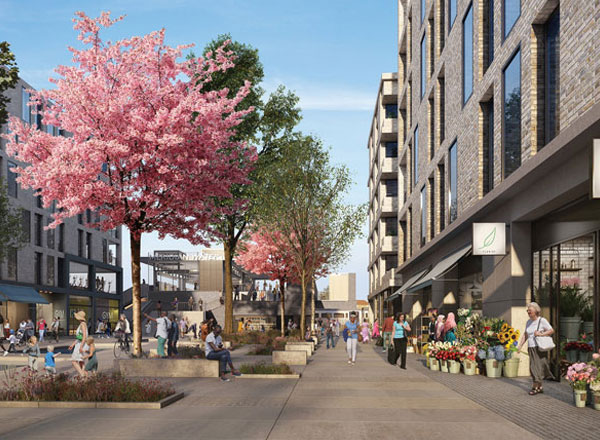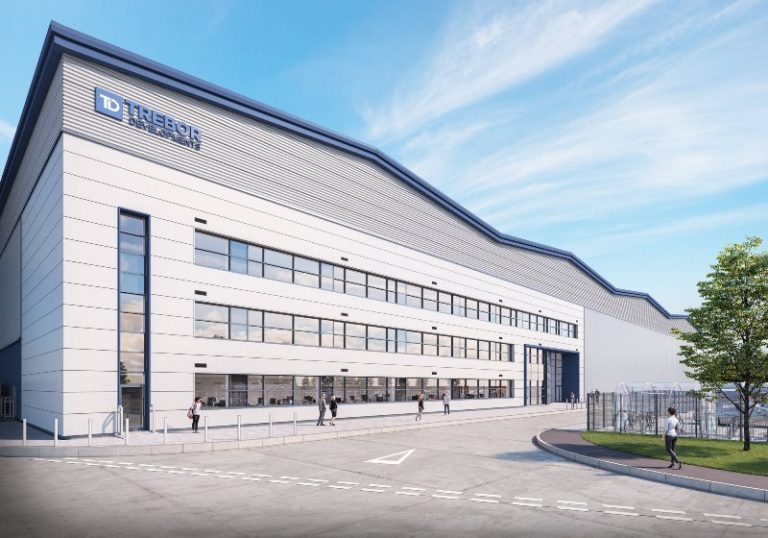The materials with which a property has been constructed are of utmost importance to mortgage lenders and, therefore, you, the buyer, as well. Before falling desperately in love with a property, try to think rationally and consider how challenging it may be to find a willing mortgage lender, as well as a company to provide buildings insurance. What is a non-standard building? A non-standard building, also known as non-traditional, is one constructed using non-typical materials or methods whereas a standard building is generally defined as a home that has brick or stone walls and a tiled or slate roof. Examples: Pre-fabricated steel (prefab) Wood/timber (e.g. timber frame) Thatched roofs Corrugated iron Glass (walls and roofs) Concrete Wattle and daub Asbestos Certain flats (for example, those above shops) Listed properties Eco homes, ones deemed to be kinder to the environment in terms of construction and utilities, can also fall into this category, depending on the materials and methods used. Why can non-standard buildings be so problematic? Non-standard buildings can be pleasing to look at, but less pleasing when it comes to finding the perfect lender. Often the methods used are outdated or the materials are susceptible to damage from the elements, for example, during storms. Many pre-fabricated steel properties in the UK were not intended to be long-term dwellings, rather a post-second world war housing crisis solution for replacing houses, which had been damaged or destroyed by bombs. There was a shortage of traditional building materials and a desperate need for social housing. The concrete used tends to crumble with age, and the steel can corrode and suffer metal fatigue over time; it is almost impossible to predict when this may happen and, indeed, if the process has already begun. For these reasons, mortgage lenders can be reluctant to offer financial support readily. However, your story does not have to end here, unless you would like it to. I’ve already fallen in love with a non-standard property. What can I do now? First of all, decide if buying, rather than renting, a house is for you. In each area of the country, buying is cheaper than renting, but it might not be the perfect time for you to buy. If buying is your final decision, ensure that you compare mortgage rates regularly. This will allow you to see which mortgage providers will lend against the precise materials with which a home has been built, and find the best deals specifically for you. It is important to take into account that many buyers are put off purchasing a non-standard dwelling for the reasons listed above. You certainly could use this to your advantage and offer (once you have consulted mortgage lenders) accordingly. Furthermore, there are ways to adapt your non-standard dwellings to ensure it is likely to withstand severe weather conditions. Although an expensive process, concrete panels can be removed and replaced with a brick alternative, meaning the property is able to be mortgaged more easily.











